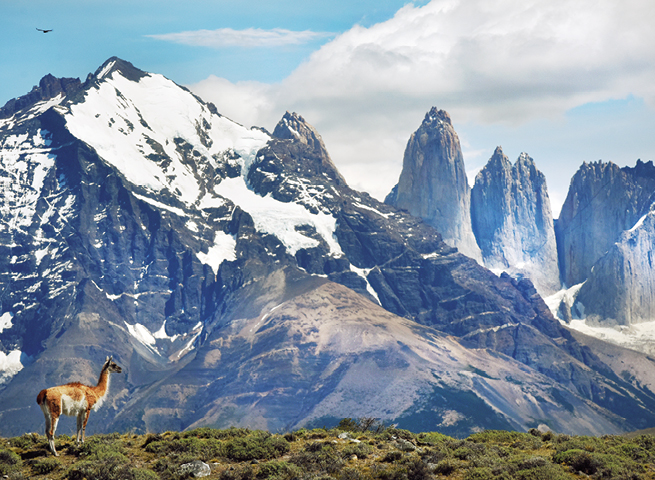
Argentina’s future should embrace ‘ancestral winemaking’
It’s been a few years since globetrotting oenologist Alberto Antonini proclaimed in Mendoza that the future should be ‘a little less Malbec and a little more Argentina’, set against that flagship variety’s exponential rise.
Malbec, of course, has continued on its upward trajectory, with its popularity now underpinned by an evolution in winemaking styles. However, Antonini’s call increasingly appears to be matched by a groundswell of interest in Argentina’s traditional Criolla varieties, with younger producers fast waking up to the potential for such vines.
“These are going to be increasingly important because young winemakers are seeing the future in talking about the past,” says Phil Crozier, UK ambassador for Wines of Argentina, speaking to Harpers for its recent South America Report.
Crozier highlights how Malbec itself has experienced a resurgence, with some 58,000ha in the 1960s dropping to less than 10,000ha in the early 1980s, before “a few individuals pulled it up to become this incredible commercial success” that we see today.
“But before that, in the 1970s and 1980s, Argentina was producing huge amounts of wine from Criolla varieties like Cereza and Criolla Grande, for their own market – there was a fine wine tradition, and it’s a fine wine tradition that goes back a long way.”
Criolla gapes include any number varieties that trace their ancestry back to the Spanish colonisation, in the mid-1500s, and which had traditionally underpinned domestic wine production, albeit at an often basic, high-yielding level.
What has changed, says Crozier, is that a new generation of winemakers, having seen their parents and grandparents working with such varieties, have awoken to the possibilities from vines that are often 60-80 years old, and are “perfectly adapted” to their heartland of eastern Mendoza.
“There’s a lot of these Criolla varieties left, there’s over 20,000ha of Cereza, 14,500ha of Criolla Grande, and these are very resourceful people, so commercially it makes sense to tease the best out of this, because you can produce [the wines] at very low cost, which you can’t do with Malbec, with Cabernet Franc or Cabernet Sauvignon,” says Crozier.
Increasingly, winemakers are experimenting with a new-found confidence when it comes to Criolla vines, working with lower yields, managing tannins better and celebrating the often high acidity, to deliver fresh, bright wines.
Importantly, says Crozier, these wines also speak of tradition and authenticity – perfect to plug into “young drinkers, in particular, who are very interested in provenance and tradition”, which stretches back almost 300 years in terms of the styles of these wines.
“We’ve seen simplicity in winemaking, we’re all going back to ancestral methods of winemaking, and Argentina is doing exactly the same, maybe albeit in a slightly different way,” says Crozier.
Despite numerous off-piste grape varieties in the ground (but with global flagship in Malbec mopping up much attention), Argentina has been a little slower than rival Chile to start promoting its diversity. With plans to shine more of a spotlight on the Criolla wines, though, Argentine producers are confident that such historical varieties will resonate at a time when ‘authentic and original’ back stories have gained much traction with drinkers.
“All of the experimentation has been happening over the past few years, winemakers are not afraid of this any more, there are over 200 grape varieties and some very old material, which has now become really valuable,” adds Crozier.
“That kind of energy brings a lot of innovation, also with packaging in terms of how you present Argentina, and I think bigger, more famous wineries are now going to start putting these wines on as part pf their portfolio.”
Keywords:
- wine
- Argentina
- Wines of Argentina
- malbec
- Vineyards
- grapes
- alternative varieties
- Phil Crozier
- criolla
- tradition
- Cereza
- Harpers South America Report




